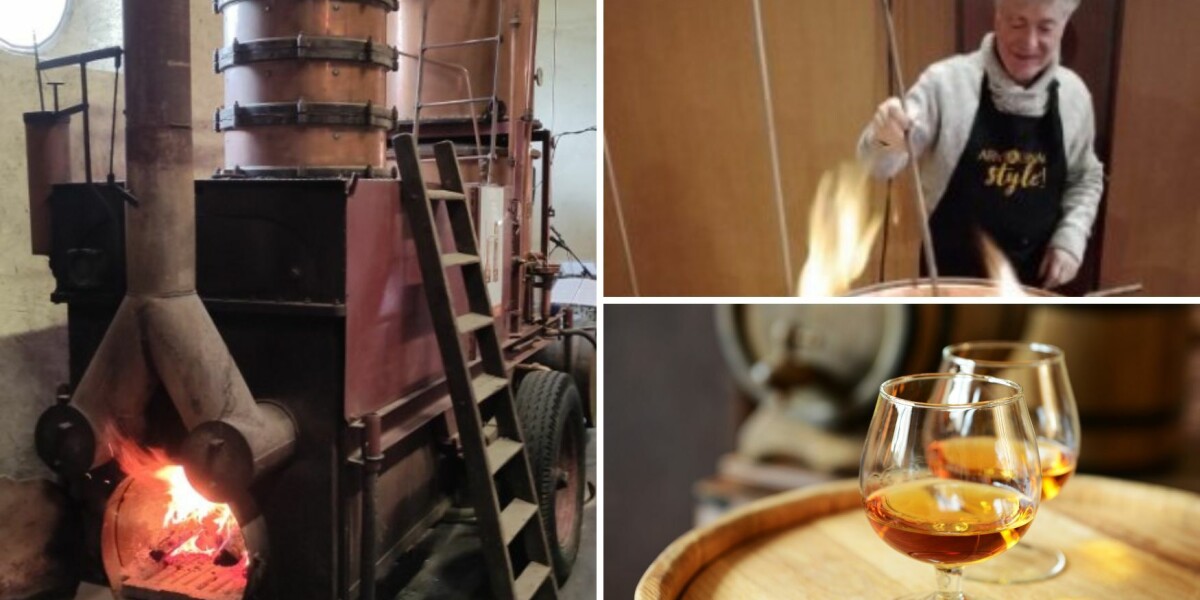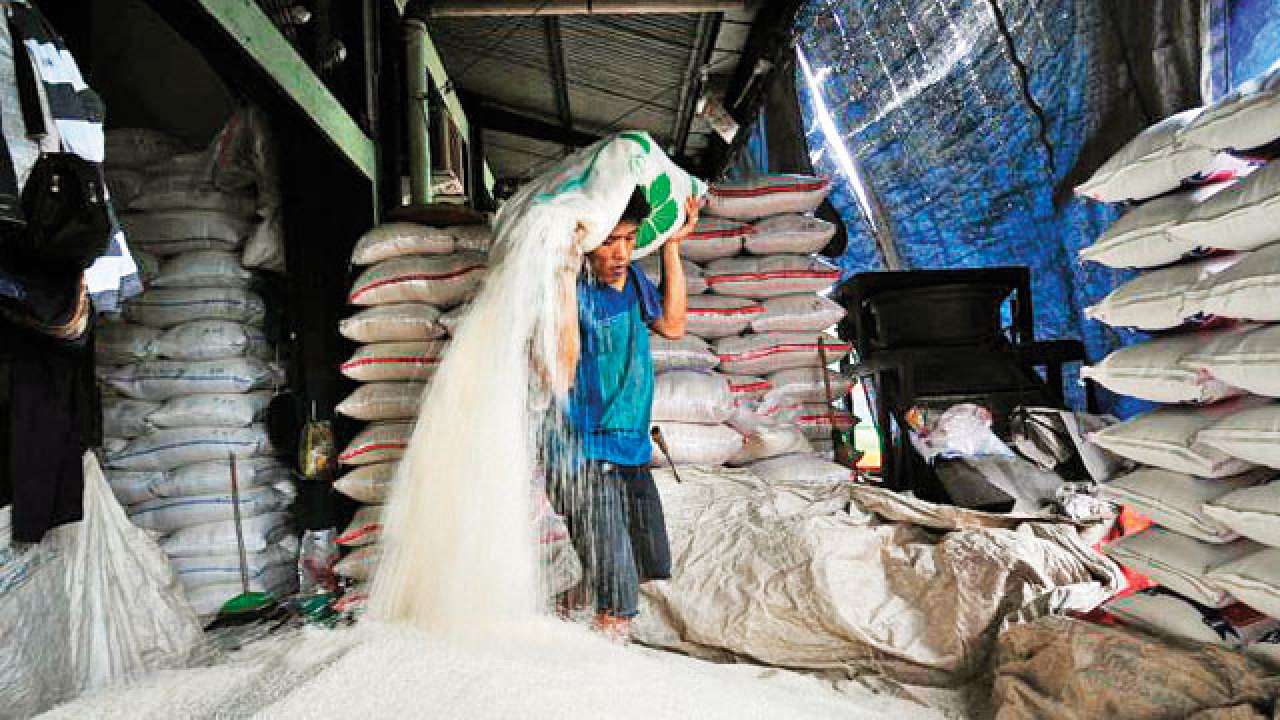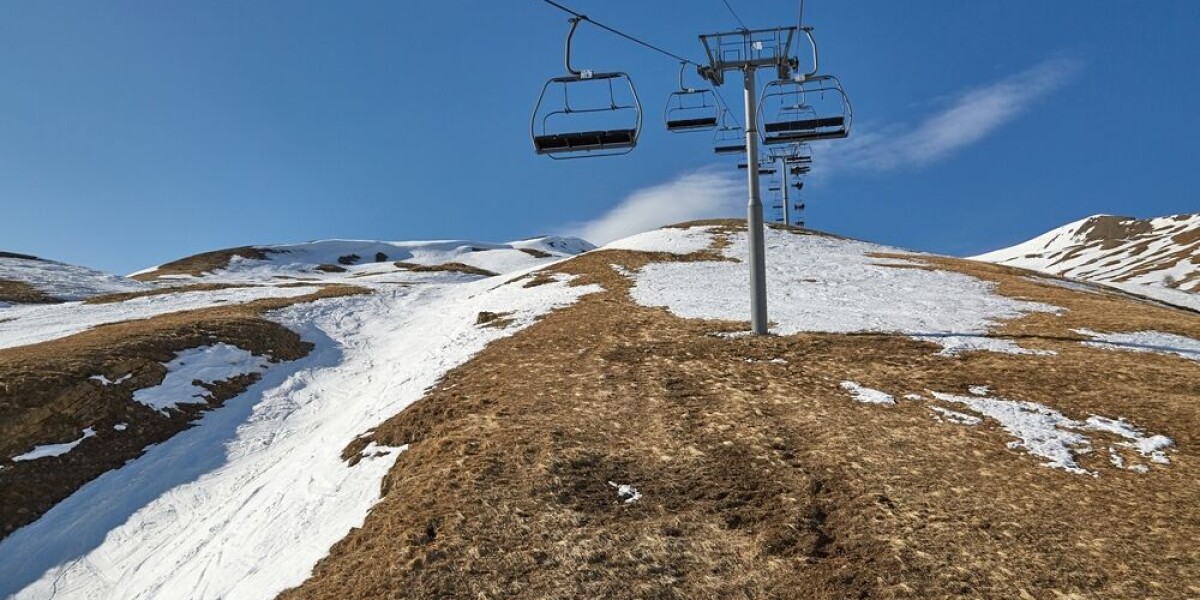
- Select a language for the TTS:
- UK English Female
- UK English Male
- US English Female
- US English Male
- Australian Female
- Australian Male
- Language selected: (auto detect) - EN
Play all audios:
French people often confuse a bouilleur de cru with a bouilleur ambulant. The first refers to an owner of fruit trees who has permission to distil, while the second is a mobile distiller.
The mix-up comes from the wrong assumption that fruit tree owners also own alembics, the stills used to distil alcohol. Marc Saint-Martin breaks the mould and is both – a bouilleur de cru
ambulant (mobile distiller) roaming along roads to turn the fruits of many producers into alcohol. MAINTAINING CONSTANT HEAT IS THE KEY He is the fourth generation of Saint-Martins to wander
from cellar to cellar throughout the Gers department in south-west France. “The bouilleur’s job is about maintaining constant heating and making sure that a regular constant flow of liquor
is exiting the machine,” says Mr Saint-Martin, whose alembic exclusively produces Armagnac. It extracts 2,000 litres in a 24-hour span. Read more: Chartreuse: monks’ silence on green
French liqueur is marketing gold DISTILLS WINE THAT WOULD HAVE SPOILT The distillery season opens around late October. Government rules ban the activity from March 31 but, in practice, it
tends to end in late January or early February. The timeframe is chosen in an effort to make the most of the grape-harvest season and use the non-AOP-labelled white wine that would
otherwise have spoilt when the hot weather returned in the spring. HIS 110-YEAR-OLD COPPER STILL IS CALLED MARIE-JEANNE The Saint-Martin family has a list of around 60 Armagnac-producing
clients whom Mr Saint-Martin visits at specific dates to offer his help. Some of them have been working with them for 50 years. He is an unmissable sight on the horizon, with his tractor
piercing the flattened landscapes of Gers. Behind him, the tractor tows Marie-Jeanne, a 110-year-old, three-tonne alembic, placed on a trailer. Its Marie-Jeanne name was given in honour of
an acquaintance of Mr Saint-Martin’s grandfather. The 15th-century technology it is based on has never failed. Read more: Meet the sibling distillers making liqueurs from French Alpine
plants HOW THE ALEMBIC STILL WORKS Marie-Jeanne is 3m high and composed of two parts. Two cylindrical copper vats are connected through a U-shaped tube with another similar cylindrical vat
connected higher above, called the colonne à distiller. Marie-Jeanne is installed a day ahead of distillation, filled with water and preheated for four to six hours. The wine is introduced
into the cuve de charge (loading tank), the highest point of the alembic. It spills into tubes that take it to the réfrigérant (cooling vat) and the chauffe-vin (wine heater), directly
above the réfrigérant. SEPARATING THE SPIRIT FROM THE WINE Once both vats are full, the overflowing wine once again spills into tubes that take it to the distilling vat. There, the wine
falls from one ‘plateau’ to the next, separating the alcohol from the wine. The vapours that contain the alcohol then rejoin the wine in the réfrigérant and condense to become liquid. This
liquid then flows out of the alembic through a spout. The remaining wine, called vinasses, is either stored or discarded in the fields. THE STILL IS MONITORED 24 HOURS A DAY Maintaining a
constant heat involves burning about 3m³ of wood every 24 hours at a rate of one log every 15 minutes. Distilling wine into an Armagnac using an alembic is a continuous process. This means
that it must be monitored 24 hours a day. To make sure that everything is working as it should, Mr Saint-Martin places his hand on the réfrigérant, where the cold and hot wine meet. “I put
my hand around here but I am not too sure why. The knowledge has been passed on in my family throughout the generations,” said Mr Saint-Martin. The spirit that flows out of Marie-Jeanne’s
spout is then bottled. THE JOB ONLY LAST THREE MONTHS A YEAR Each season, Marie-Jeanne produces around 250,000 litres of Armagnac, one twelfth of the region’s total, according to Mr
Saint-Martin’s rough estimates. There are no courses or training schemes to become a bouilleur de cru ambulant. The profession exists only thanks to early retirees willing to learn the
craft. Their number is unknown. To become a mobile distiller, you need a clean criminal record and to fill out the necessary paperwork. However, the alembic can cost €200,000. Very few
youngsters who have had work experience with Mr Saint-Martin have turned the craft into a sustainable long-term career, as it only lasts for three months a year. “Distilling is a passion.
We do it to keep the tradition alive, but we do not earn enough to live off it. It is equivalent to the wage of a vine pruner,” said Mr Saint-Martin.








